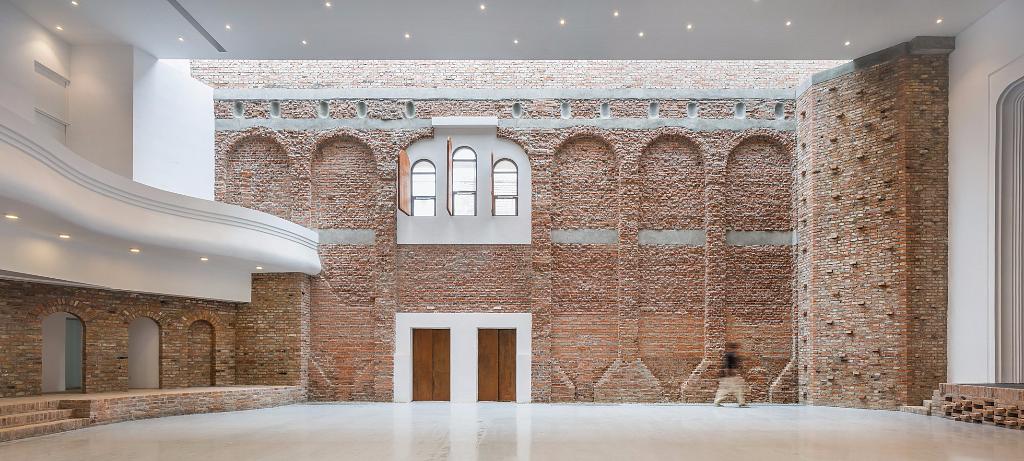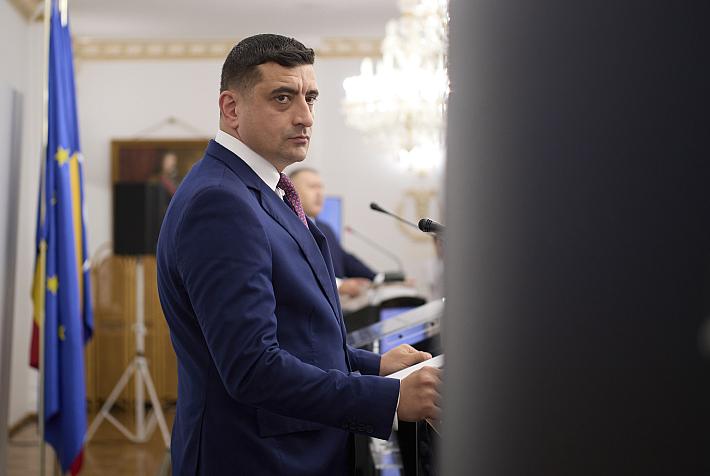Romanian architecture project wins 2017 EU prize for cultural heritage

The Cultural Palace in Blaj, a city close to Alba-Iulia, in central Romania, is one of the 11 winners of the 2017 EU Prize for Cultural Heritage / Europa Nostra Awards in the Conservation category.
The Cultural Palace, located in historic center of Blaj, was designed in 1930 by the architect Victor Smigelschi. It was meant to host cultural events and was the only building designated for cultural use in the city. In the 1960s, the building underwent changes to accommodate the city’s cinema and later it also became home to the History and Ethnography Museum of Blaj, the city’s library, and the Blaj Wire Broadcasting Center.
The palace was severely damaged in a 1995 fire and remained a ruin until 2012 when the municipality of Blaj decided to restore it.
The restoration works looked to give the building its original functional design back, while still retaining evidence of the construction’s history. The exposed brickwork and the suspended ceiling are meant to remind the visitor of the fire which had previously destroyed it.
This was valued by the jury when assessing the project. “The municipality of Blaj has successfully evoked the lost architecture of this ruined historic building with minimal interventions. They have solely used the remains of the existing fabric without demolitions and with the addition of only the most essential facilities and structural elements,” the jury explanation reads.
The project of the Cultural Palace in Blaj was also nominated earlier this year for the Mies van der Rohe Award, the EU Prize for Contemporary Architecture. The Vlad Sebastian Rusu Architecture Office was in charge with the refurbishment project.
Besides the Blaj project, another award went to Romania, to Zoltán Kallós in the Dedicated Service category. Kallós is one of the most prominent and successful Hungarian folklore collectors of the 20th century. His collections have covered tangible and intangible elements of the Hungarian, Romanian, Saxon and Roma communities of Transylvania and have proved invaluable to the preservation of European folk culture, according to a presentation of the winner.
A total of 29 laureates from 18 countries were recognized this year for their notable achievements in conservation, research, dedicated service, and education, training and awareness-raising. Independent expert juries examined a total of 202 applications, submitted by organizations and individuals from 39 countries across Europe, and chose the winners.
A Public Choice award for the 2017 European Heritage Awards is also open for voting at this point. The voting is open until May 3.
The full list of the Europa Nostra Awards 2017 can be checked here.
Landmark site of Romania’s 1848 Revolution, refurbished with EUR 1.15 mln
editor@romania-insider.com











